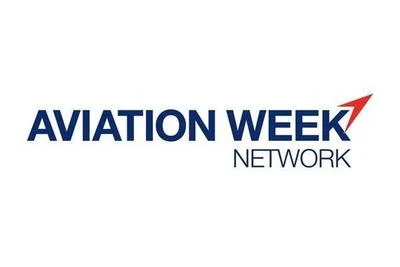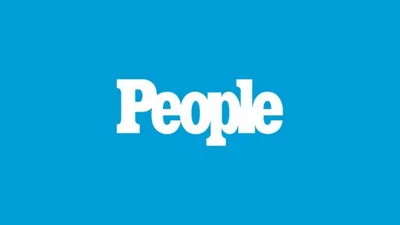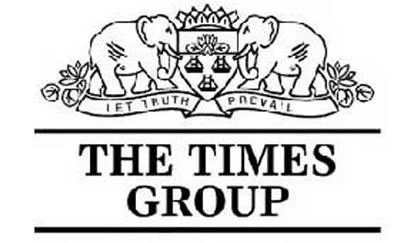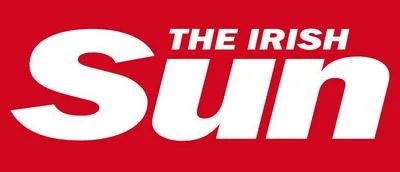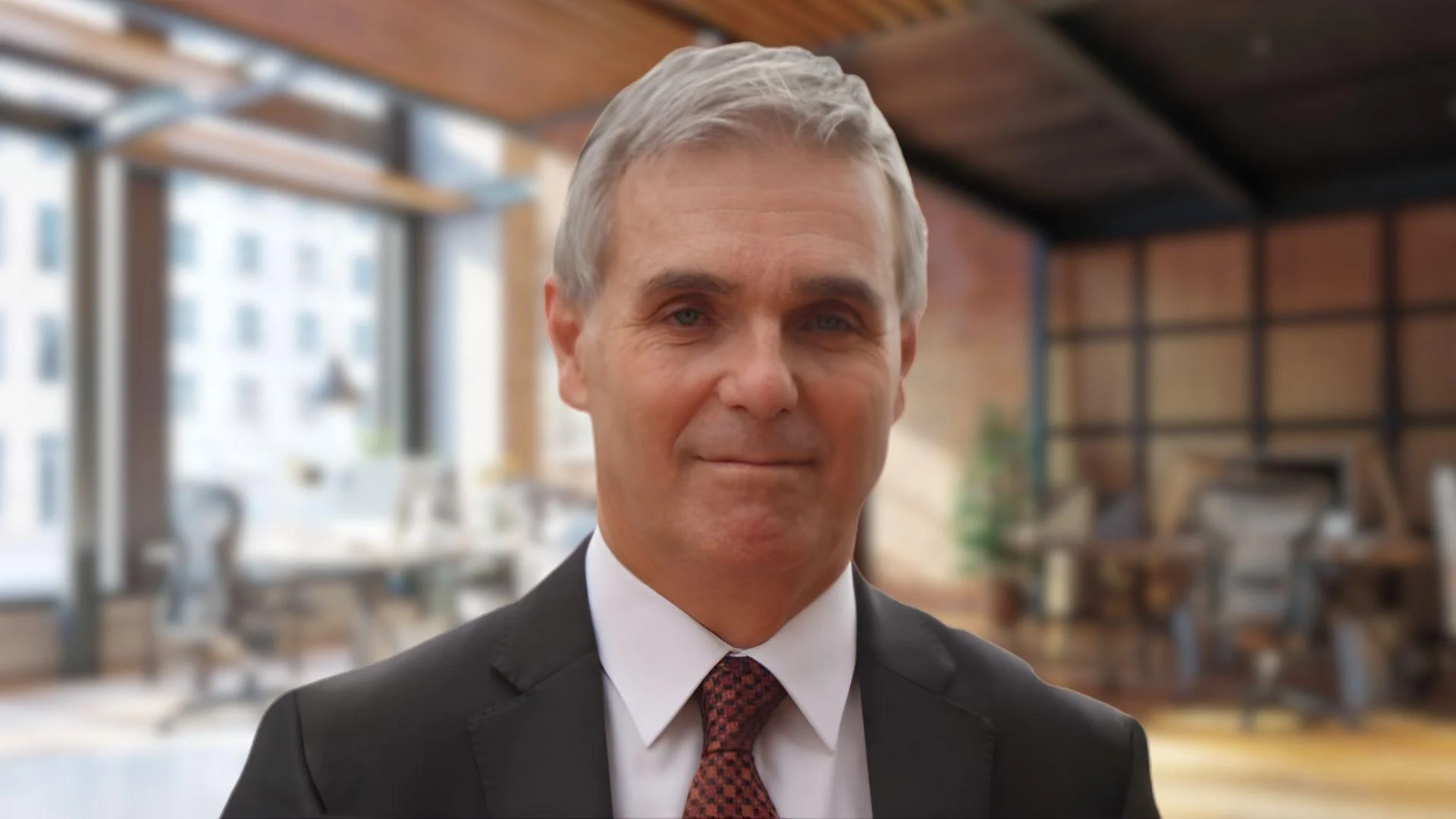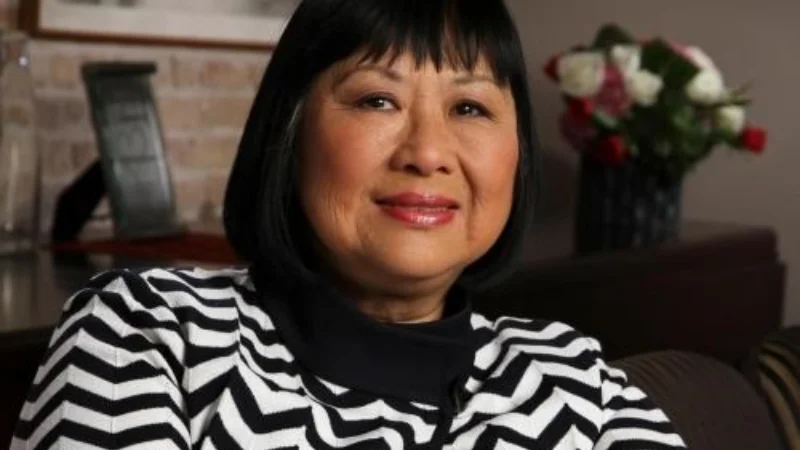Donald Douglas of Douglas Aircraft Company initially doubted there would be sufficient demand to justify development costs. However, he submitted a design that surpassed TWA's expectations with an all-metal construction featuring two engines and seating for 12 passengers.
"Douglas responded by submitting designs to TWA for a twin-engined machine, the DC-1, with a cruise speed 20% faster and a payload 40% greater than the B247," noted Australian Aircraft Restoration Group.
The DC-1 achieved speeds up to 180 mph and set a transcontinental speed record from Los Angeles to New York in April 1935. Its design exceeded most specifications except for having two engines instead of three.
"The DC-1 exceeded all but one of the tough specifications set by its buyer — TWA wanted three engines; the DC-1 had only two," said Boeing.
Passenger comfort was significantly improved with noise insulation and heating inside its cabin—a notable advancement over other aircraft of that era.
"Great efforts were made to insulate the passenger compartment from the noise of the plane’s engines," remarked Boeing.
After testing over six months and completing more than 200 flights, Carl Cover piloted its first flight on July 1, 1933. Initially used by TWA until it was sold in Europe in subsequent years during Spain's Civil War where it also served militarily before ending operations after damage during landing in October 1940.
For all its historical significance—only one was built—Boeing acknowledges this unique heritage today despite their competition back then with their own Model B247 against which this pioneering aircraft competed initially when launched under different circumstances nearly nine decades ago now symbolically connected through corporate mergers since forming part now officially under current branding associated worldwide known simply as ‘Boeing.’
 Alerts Sign-up
Alerts Sign-up
